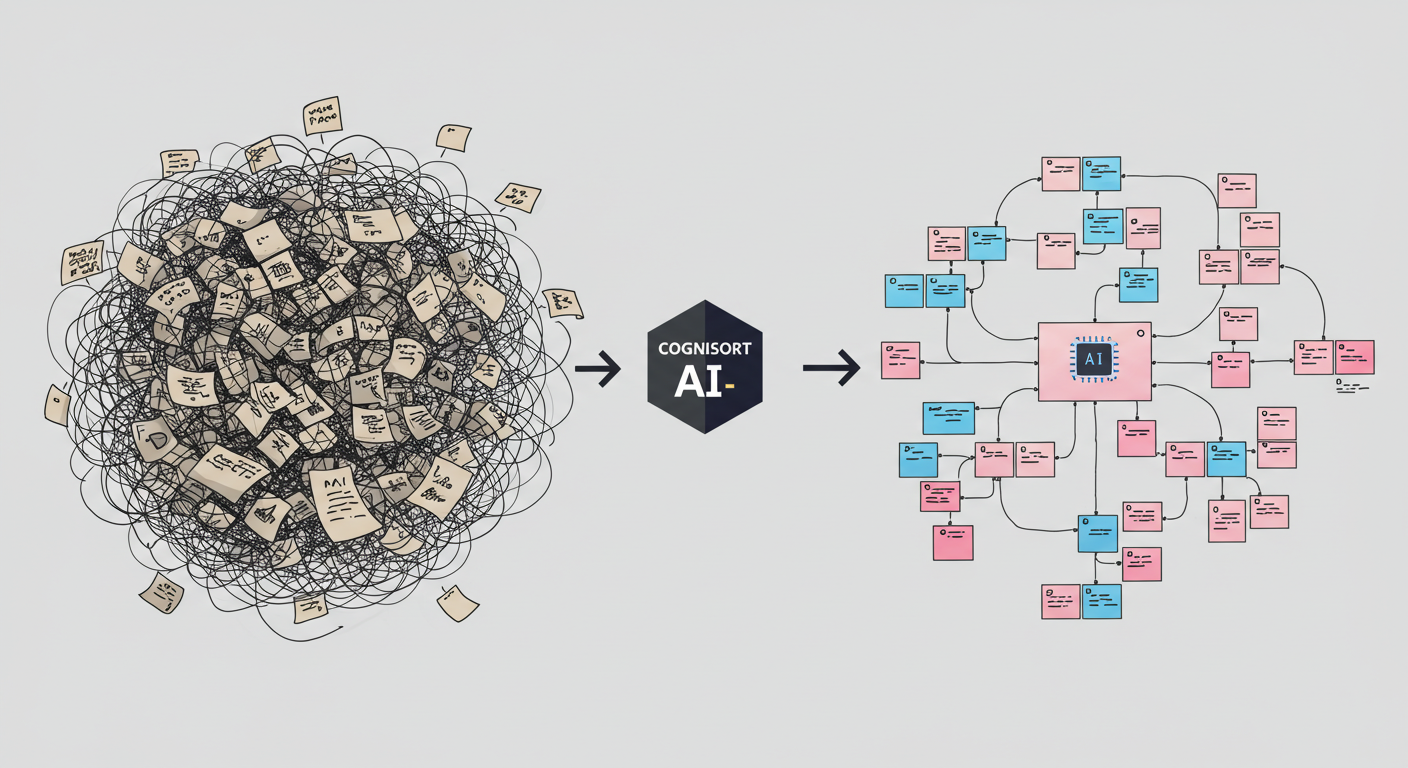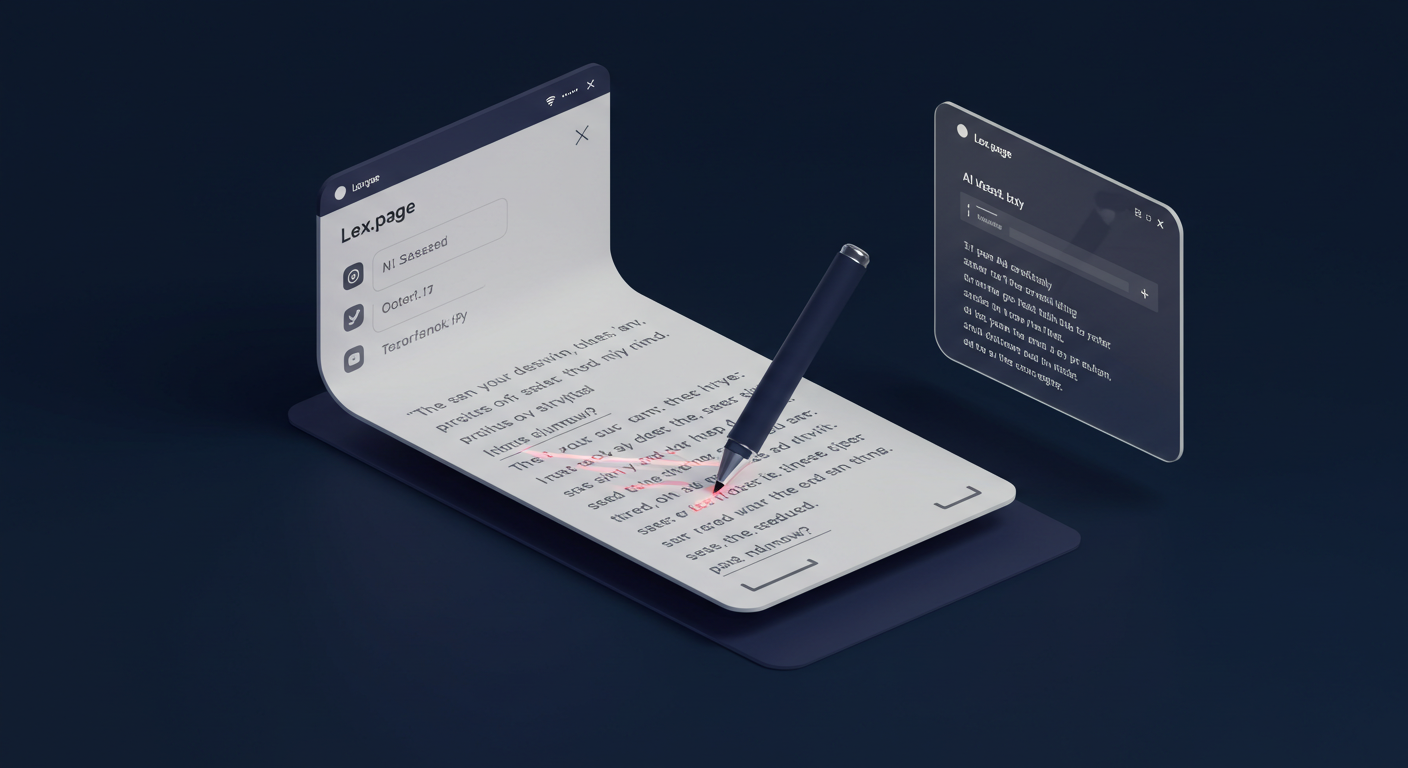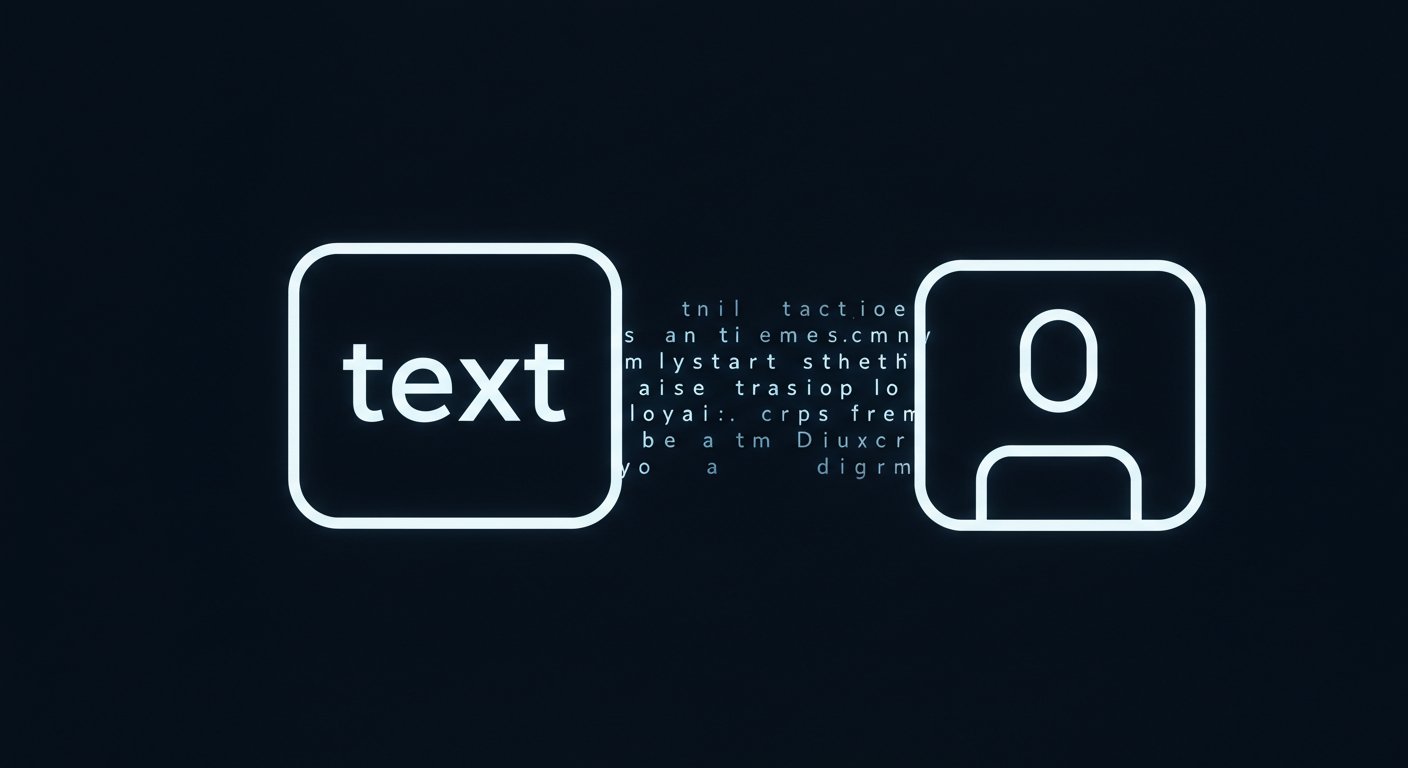
Another Unrelated Post: Unearthing CogniSort AI for Smarter Note Organization
Another Unrelated Post: Unearthing CogniSort AI for Smarter Note Organization
Alright, shifting gears completely today! While I often talk about AI for creative pursuits or coding, one of my constant battles is information overload. My digital notes – a mix of research snippets, half-baked ideas, meeting minutes, and random thoughts – often resemble a chaotic digital attic. So, when I stumbled upon a relatively new tool called “CogniSort AI,” promising to bring some intelligent order to this chaos, my curiosity was piqued.
This isn’t going to be a super deep dive, but more of a “first impressions” review after spending a week kicking its tires. If you’re anything like me, constantly looking for better ways to manage the digital detritus of modern life, this might be one to watch.
What is CogniSort AI and What Problem Does It Solve?
From what I gather, CogniSort AI positions itself as an intelligent layer on top of your existing notes, rather than a completely new note-taking app. The core idea is to use AI to automatically categorize, tag, and link related pieces of information scattered across different notes or even different platforms (though its integration capabilities are still young).
The problem it’s trying to solve is a familiar one:
- Scattered Information: Notes from a meeting here, a research paper highlight there, a sudden idea jotted down on a mobile app.
- Inconsistent Tagging: I try to be good with tags, but often I forget, or my tagging system evolves, leaving older notes orphaned.
- Rediscovering Connections: How often have you known you wrote something relevant to your current thought, but just can’t find it or remember how it connects to other ideas?
CogniSort AI claims to use natural language processing (NLP) to understand the content of your notes and suggest connections and categorizations you might have missed.
 (Imagine a visual: messy, disconnected notes on one side, transforming into neatly categorized and linked notes on the other, with the CogniSort AI logo in the middle.)
(Imagine a visual: messy, disconnected notes on one side, transforming into neatly categorized and linked notes on the other, with the CogniSort AI logo in the middle.)
My Initial Experience and Setup
Getting started was relatively straightforward. Currently, it seems to primarily work by importing notes from common formats (like Markdown, .txt, and some limited cloud integrations). I pointed it at a folder containing a few hundred of my more unstructured Markdown notes from various projects.
The “AI magic” part isn’t instantaneous. After the import, there’s a processing period where it “reads” and analyzes your notes. For my test batch, this took about 20 minutes.
Key Features That Caught My Eye
Once processed, a few features stood out:
- Automated Topic Clustering: CogniSort presented me with several “emergent topics” it had identified from my notes. Some were obvious (like “AI Project Ideas” or “Python Snippets”), but a few were genuinely surprising, linking concepts I hadn’t explicitly connected myself. For example, it grouped notes about “user interface design principles” with some older notes on “cognitive psychology,” which made perfect sense in retrospect.
- Smart Tag Suggestions: For notes that were untagged or lightly tagged, it suggested additional tags based on content. This was hit-or-miss; some suggestions were spot-on, others a bit generic. However, the ability to quickly accept or reject these was helpful.
- Relationship Mapping (Beta): This is the feature I’m most excited about, though it’s clearly still in development. It attempts to visually map connections between notes, showing how ideas flow or relate to each other. It’s not a full knowledge graph yet, but it’s a promising start.
First Impressions: The Good and The Could-Be-Better
What I Liked:
- Potential for Serendipity: The automated topic clustering did genuinely help me rediscover some older ideas and see new connections.
- Time Saver (Potentially): If the smart tagging improves, it could save a lot of manual organization time.
- Focus on Augmentation: I appreciate that it aims to enhance existing workflows rather than forcing a complete migration to a new system.
- Clean Interface: The UI is quite minimalist and easy to navigate, which is a plus.
Areas for Improvement:
- Integration Limitations: It really needs broader and deeper integrations with popular note-taking apps (Obsidian, Notion, Evernote, etc.) to be truly seamless for most users. Importing/exporting is a bit clunky.
- “Black Box” AI: While the results are interesting, there’s not much transparency into how the AI is making its connections or categorizations. More insight or user control over the AI’s logic would be welcome.
- Accuracy of Suggestions: As mentioned, the tag suggestions can be a bit broad. Fine-tuning the sensitivity or allowing users to “teach” the AI their preferred tagging style would be beneficial.
- Scalability Concerns: I tested with a few hundred notes. I wonder how it would perform with tens of thousands.
Who Might Find CogniSort AI Useful?
Even in its current state, I can see CogniSort AI being potentially useful for:
- Researchers and Academics: Managing vast amounts of research notes and finding connections between papers/ideas.
- Writers and Content Creators: Organizing story ideas, character notes, research, and inspiration.
- Students: Making sense of lecture notes and study materials from different courses.
- Anyone with a “Second Brain” System: If you’re already trying to build a personal knowledge base, this could be a helpful assistive tool.
Worth Keeping an Eye On
CogniSort AI is definitely an interesting tool, and while it’s still early days, the core concept is compelling. I’m not ready to say it’s revolutionized my note-taking overnight, but it’s made me think differently about how AI can assist in knowledge management. The “AI” part feels more subtle here than in generative AI, focusing on analysis and organization rather than creation.
I’ll be keeping it installed and feeding it more notes to see how it evolves. The promise of unearthing hidden connections in my own digital brain is too tempting to ignore!
Have you come across any similar AI-powered tools for organization or note management? I’d love to hear about them in the comments. It’s always exciting to discover new ways technology can help us think and work smarter!


